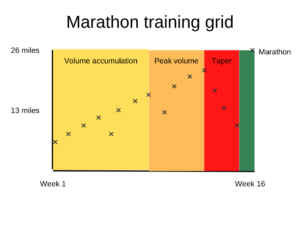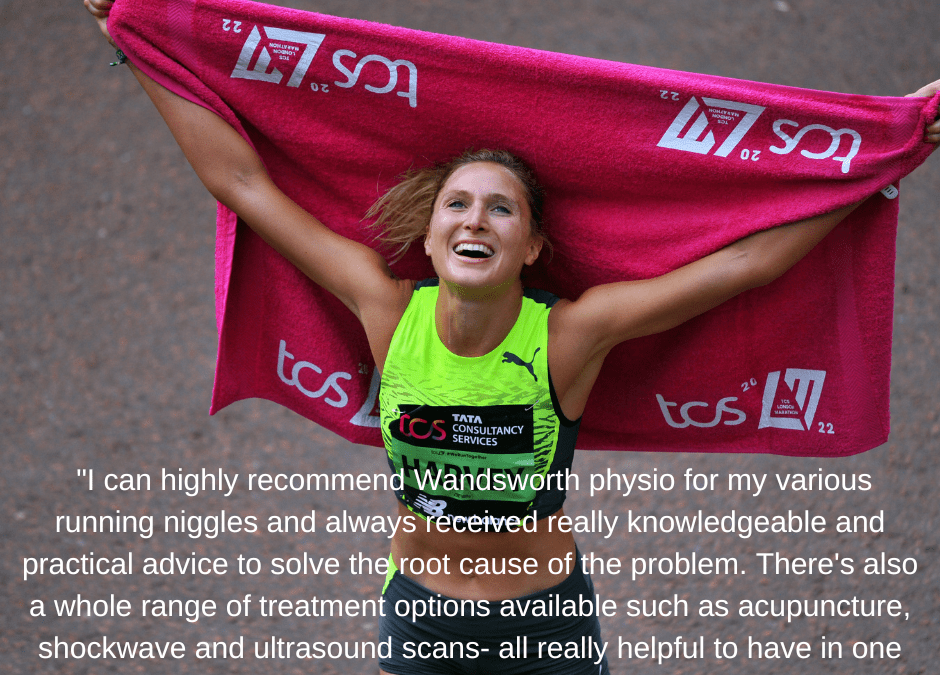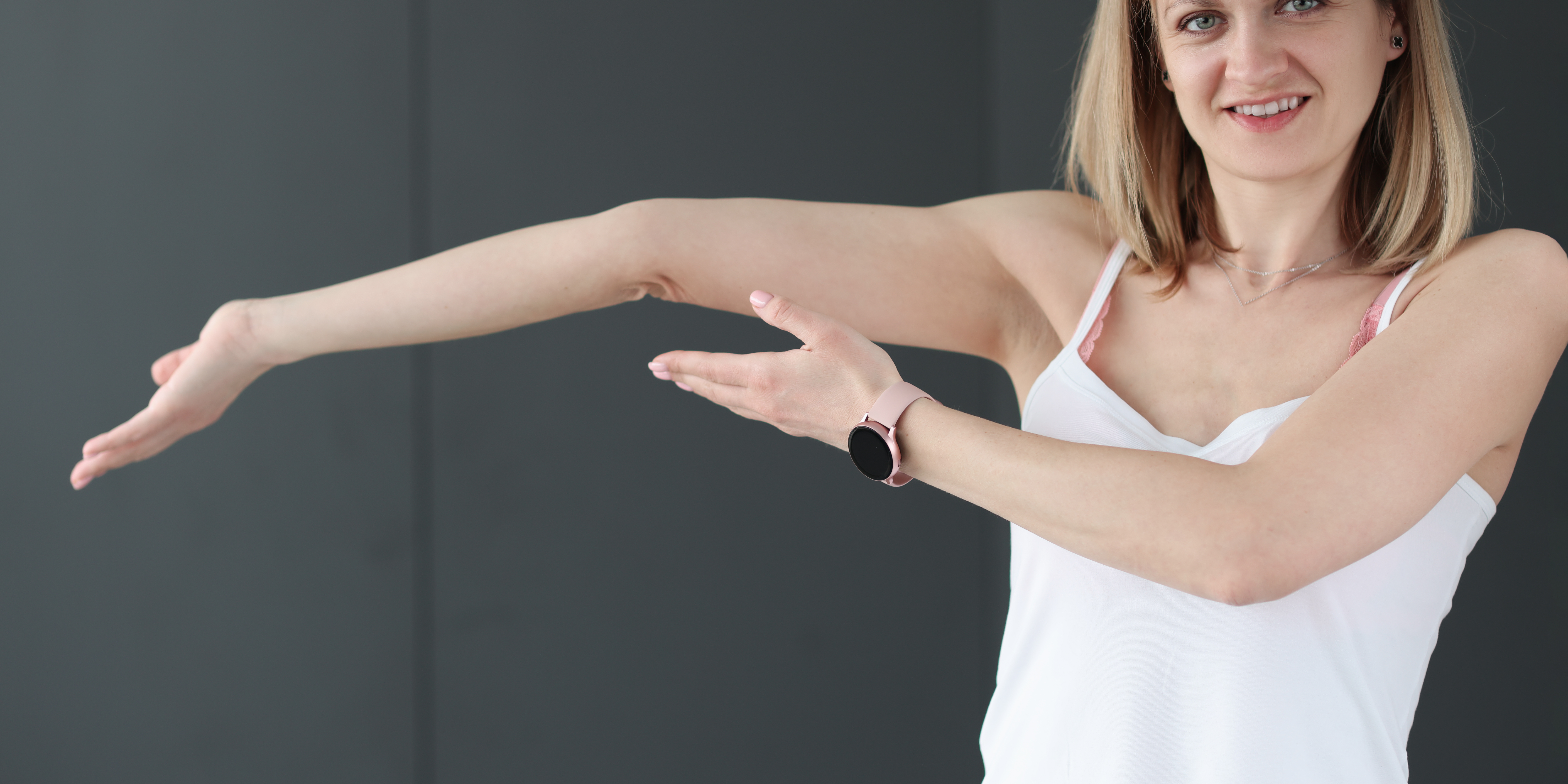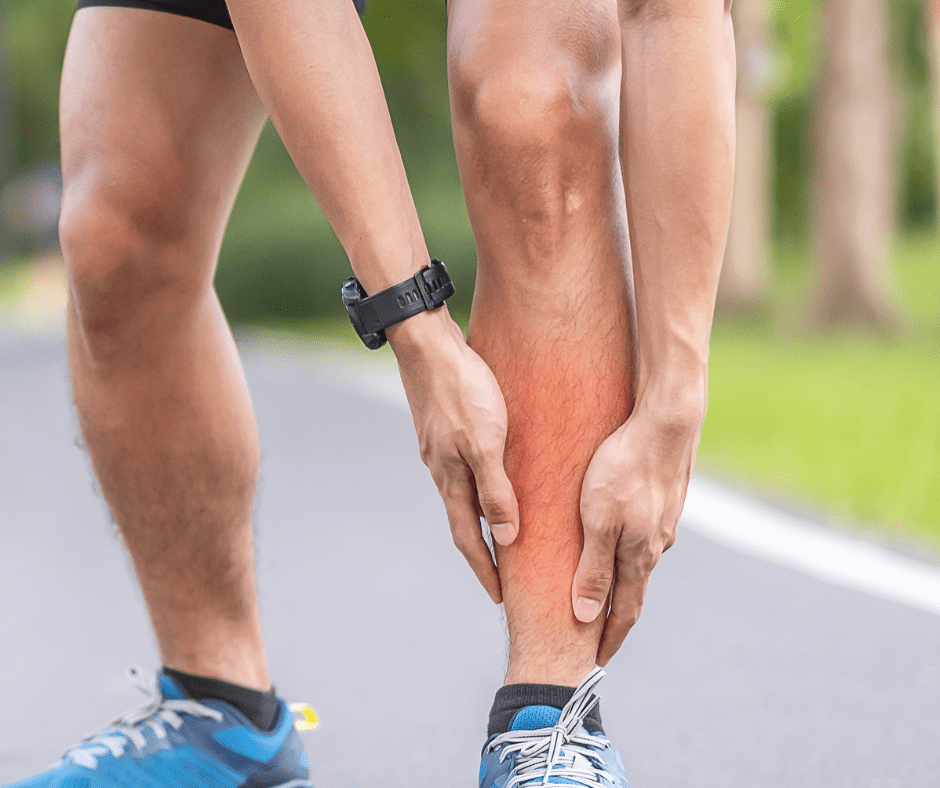Marathon training 2023
Marathon season is upon us once again, and we have lots of marathons and half marathons coming up this spring so I thought I would send out this email to help you identify the most common running injuries that you might suffer from during your training and what you can do if you develop one.
Perhaps the best tip I can give you is to periodise your training so that you have blocks of training where you steadily increase your distance, perhaps every three weeks, and then you have a de-load week where you drop the training volume right down. We called this undulating periodisation and it is a great way to prevent an overtraining injury.
Marathon training plan
Most marathon training programs are 16 weeks, so you can break your training down into training blocks as follows. The first 8 to 9 weeks are volume accumulation, the next block of four weeks is peak training volume, then you have a three-week taper, followed by the week of the marathon. You should probably look to periodised two or three recovery weeks during your volume accumulation and peak training volume phases, then taper. During the taper focus on physical recovery, nutrition, sleep and sports massage.

Of course, if you pick up a niggling injury, these training blocks will need to be adjusted by your physio and your peak training volume and the maximum training run can be altered.
However, if you’ve already ramped up the volume and you’re starting to feel a niggle, there are some very common running injuries that we see here at Wandsworth Physiotherapy. There are lots of videos I’ve put together and posted on our YouTube channel and also into our blog pages.
How to treat runner’s knee
The most common running injury is probably kneecap pain, also termed runners knee. I explain this in the video below…
How to treat IT band syndrome
Another common running injury that affects the knee is IT band syndrome and I have explained all about it here.
How to treat Achilles tendon pain
When we move further down the leg, the next running injury that we see is Achilles tendon pain, what we used t call Achilles tendinitis and what we now term Achilles tendinopathy.
What are shin splints?
People also suffer from shin pain often referred to as shin splints. However, this is an umbrella term for a cluster of different symptoms and you can identify which type of injury you have as I explain in this video.
How to treat plantar fasciitis
Perhaps the last most common sports injury we see is plantar fasciitis. I explain all about it here.
If you’re training for a half marathon or a marathon and you want some training plan advice or if you’ve picked up a running injury that you want us to help you with please book in one of our Run Fit assessments, where we can screen your movement, strength and flexibility.
If you already have an injury we can also add in an ultrasound scan to the Run Fit. Ultrasound is very good for looking at tendons and can help us diagnose the problem and plan your treatment and rehabilitation.




